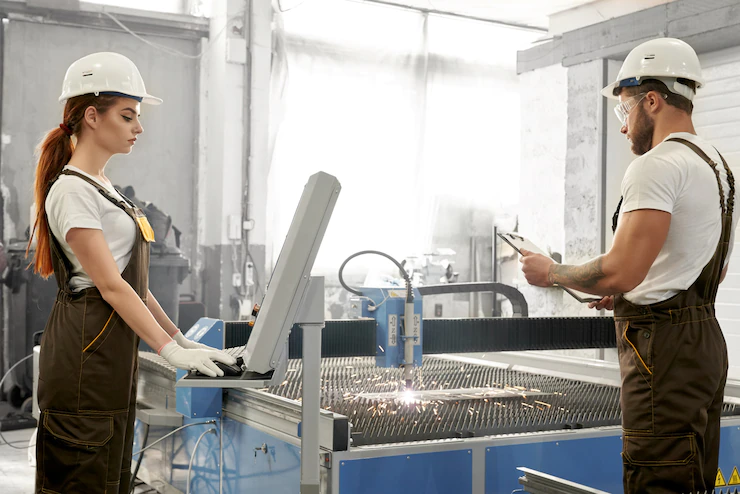How Manufacturing Businesses Can Tackle Moisture Issues
by Arnab Dey Uncategorized Published on: 28 July 2022 Last Updated on: 25 March 2025

High humidity and excess moisture can cause huge problems for manufacturing businesses. Complex machinery has a lot of small moving parts and even a tiny amount of moisture can disrupt them, causing things to break down.
If you have constant issues with moisture, you will spend a lot of time and money repairing things when they break down. Dealing with the moisture problem will drastically increase efficiency and save you a lot of money.
There are a few simple changes you can make to your manufacturing businesses to stop moisture from disrupting things.
1. Improve Insulation

Improving insulation is one of the best things you can do if you want to tackle moisture. When your building is poorly insulated, a lot of humid air from outside comes into the building, boosting moisture levels in the air, and causing all kinds of maintenance issues.
Poor insulation also makes it harder to keep equipment cool, which puts more strain on the components and increases the chances of breakages. This means that to control the temperature and the humidity, you need to spend a lot of money cooling the building and managing the airflow.
By improving insulation in the walls, you can control the amount of air that comes into the building. By stopping the intake of humid air, you can protect your equipment from moisture damage.
2. Treat Compressed Air
Any equipment that uses compressed air has a higher risk of moisture damage. During the compression process, extra moisture is introduced to the air.
If this is then used in machines, moisture quickly builds up. However, you can manage this problem by using an instrument air dryer package to remove moisture from the compressed air before it enters the machine. Instrument air dryer packages are crucial in any machine that rely on compressed air.
They are an excellent investment because they will help machines to last longer and run more efficiently without the need for regular repairs.
3. Use a Dehumidifier
Even if you insulate the building well, the air is still going to get in. In the summer, the humidity levels will always increase regardless, so you need to put measures in place to manage them. If you have an air conditioning unit and an industrial portable lgr dehumidifier, you can carefully control the humidity levels and keep them exactly as you want them.
4. Maintain Your Water Systems
Often, moisture levels increase because water systems are poorly managed. If you have leaks around the building and water is pooling up, it evaporates into the air and increases moisture inside machinery.
Not to mention, you’re also wasting money on your water bill by letting water leak out. To avoid this, you need to keep up with routine maintenance on your pipes. Check for any signs of leaks and have an annual survey carried out by a professional commercial plumber.
Moisture can be incredibly damaging to manufacturing equipment and it will cost you a lot of money in downtime and repairs. However, if you follow these steps, you can manage it properly and avoid any major issues.
Read Also:



































































































